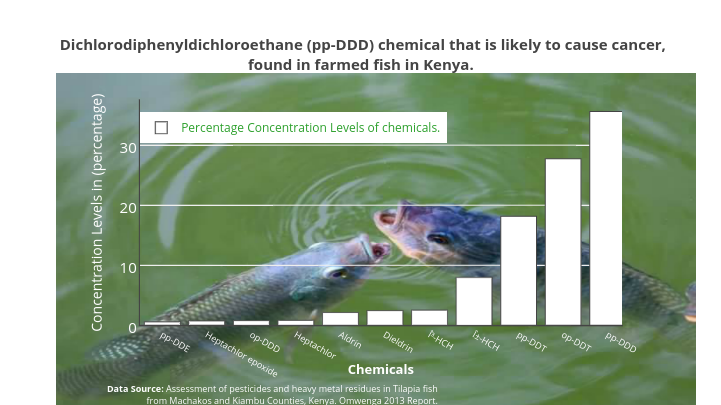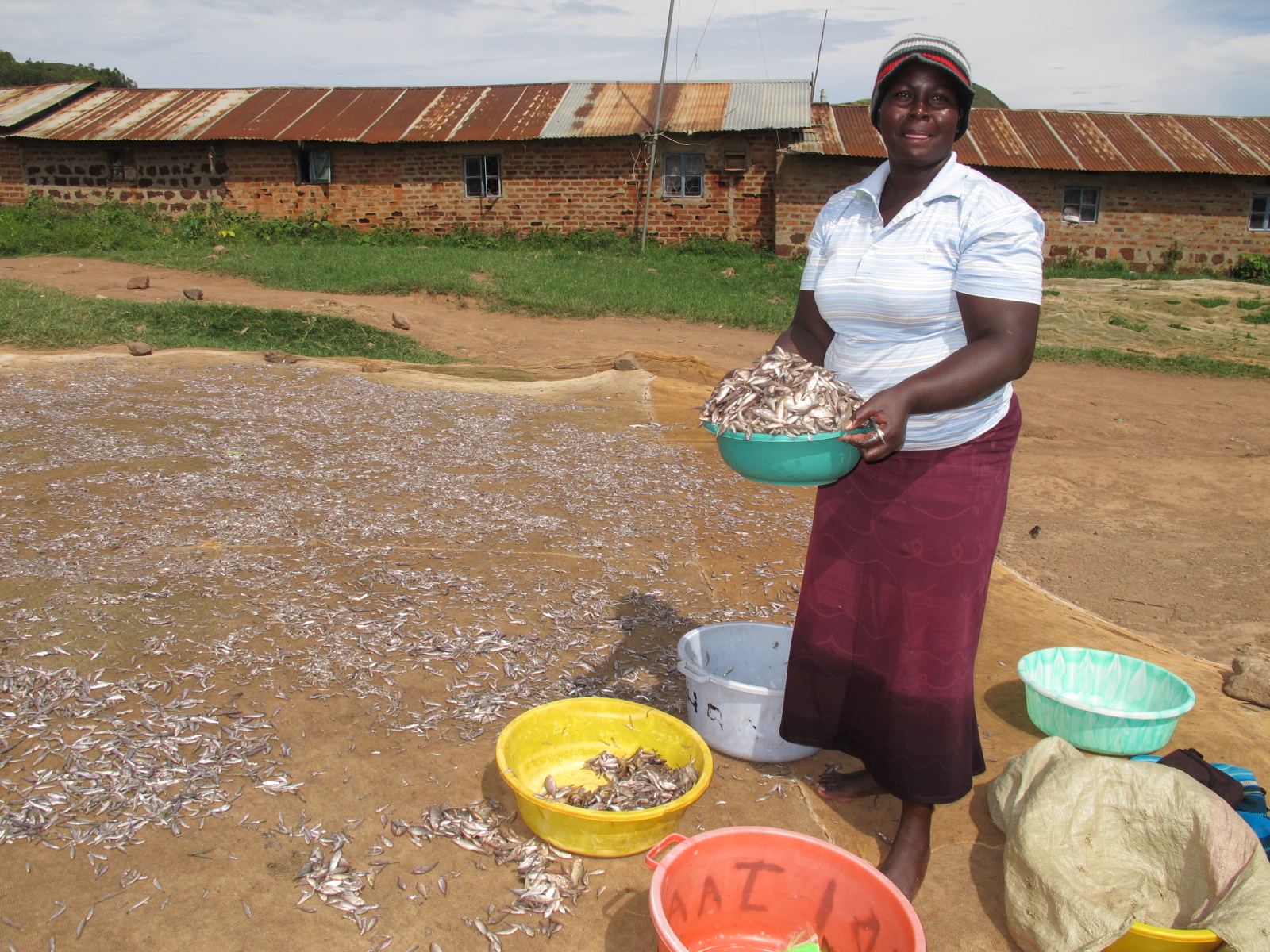By Mose Mogeni.
The first time Dr. Muthoni Mate learned of having cancer she thought it was a dream. Dr. Mate who now calls herself the “bad patient” discovered her cancerous status in August 2015 while visiting a hospital for a routine check-up. Since then, she has been wondering how she acquired metastatic cancer. A type of cancer that has spread from where it started.
“My family has no history of cancer. This came as a shock because I have had a very healthy and active lifestyle. I follow healthy eating habits as well as exercising on daily basis,” stated Dr. Mate.
But Dr. Mate’s case is not the only one. In Kenya, an estimated 40,000 new cancer cases and 28,000 cancer deaths occur each year, making cancer the third leading cause of mortality and accounting for 7% of all annual deaths.
Statistics indicate that between 1990 and 2013, new cases of cancer incidents have doubled with prostate cancer, Mesothelioma, Hodgkin lymphoma, testicular and breast cancer being the leading cause of death in the country.

Could environmental contamination be the reason for this sharp increase? This could be linked to a recent study done by the University of Nairobi, where the presence of some Persistent Organic Pollutants ( POPs) particularly the Organochlorine pesticides found in farmed fish.
The study found in farmed fish in Kiambu and Machakos Counties in Kenya, is a clear indication that these banned chemicals are still in use in the country even though their levels are said to be below the benchmark, as set by the Food and Agricultural Organisation (FAO).
“Some of these contaminants that we cannot avoid in our diet, have what we call a maximum allowable limit, and this means that even if they are consumed for a long time, they cannot cause immediate health effects to the consumer,” explains Dr. Isaac Omwenga one of the lead researchers involved in this study.
Dr. Omwenga adds “However, latest research shows that irrespective of how little these substances are consumed they actually have long term effects. In science this means that these chemicals are able to cause diseases like cancer and other reproductive problems.”
In the study, the Global Burden of Disease (GBD), published on the journal Jama Oncology states that cancer caused over 8 million deaths worldwide in 2013 and has moved from being the third leading cause of death in 1990 to the second position behind cardiovascular disease with over 14 million new cases.
“Cancer is a growing threat to people’s health around the world” Says Oncologist Dr. Christina Fitzmaurice, a visiting fellow and lead author of the study.
In the East African region alone, new cancer cases are estimated to have almost doubled with Liver cancer being the leading cause of death. However, most governments and practitioners are still relying on family history, health eating habits and exercising in trying to understand this cancer phenomenon that has become an epidemic.
With poor medical infrastructure coupled with lots of financial constraints and late patient diagnosis, access to accurate data has has been a big challenge across the region, making it difficult for patients and professionals involved to clearly put a finger to the real cause of this drastic increase.

Dr. Chite a cancer specialist based in Nairobi says “Lack of data is a very big hindrance. If you do not have data, it means you don’t have a leg to stand on. Data actually drives policy, for instance if we find out that in Nairobi particularly in Eastlands there is a lot of prostate cancer cases compared to other parts of the city” Asking “My question will be why? Is it because there is a dumping site there with chemicals seeping into the water system that residents drink?”
In Kenya, chemicals contribute about 8% of Gross Domestic Product in agriculture, trade, manufacturing and energy sectors. The country uses approximately 8.2 billion Kenya Shillings (US$100million) to import the chemicals, of which a small part is industrial Persistent Organic Pollutants (POPs).
These chemicals are an integral part of modern life. There is hardly any industry or service sector where chemicals are not used. The United Nations Environmental Programme’s Global Chemicals Outlook of 2012, projected that chemical production will continue to increase and sales will grow globally at 3%, with higher rates projected for developing countries.
Statistics from the Kenya National Implementation Plan of 2014 report, indicate that demand for these chemicals into the country has been on the increase between 2008 and 2013 based on the importation data availed, with the Agriculture sector being the biggest driver behind the importation so far.
What next?
Due to this challenges, Scientists warn about the long term effects of these chemicals to the environment and in mid 2015, WHO released finding through its International Agency on Research for Cancer (AIRC) that classified the usage of these chemicals and they were nicknamed as the “Dirty Dozens”. They are hazardous and human carcinogenic.
Epidemiological studies found positive associations between exposure to these chemicals. This was evident in most research studies done on animals and birds and therefore they were banned.
According to Dr. Mate, very little has been done to explore the cancer grey areas such as the silent and environmentally induced epigenetic transgenerational inheritance of diseases that are mostly caused by ingesting chemicals and heavy metals into our body systems through contaminated water, food and the air we breathe.
Effects of heavy metals
In January 2016 CNN Reported that residents were subjected to contaminated tap water that was considered to be clean by authorities but later on, it was found to have contained high levels of lead, one of the classified heavy metals by the World Health Organization (WHO) mostly found in paints.
Lead does not only have permanent health effects on children, but also causes harm in adults. Childhood lead poisoning even during pregnancy, can have lifelong health impacts including: learning disabilities, anemia, and disorders in coordination, visual, spatial and language skills. There is no known level of lead exposure that is considered safe for adults or children.
There is also the growing concern among the public that besides the use of untreated water to support food production, there is also a possibility that some farmers are not observing chemical withdrawal periods. For example if you have sprayed your crops today, it is good that you wait until seven days are over before you can harvest and take it to the market.

Kenya is a party to the Stockholm Convention which it ratified in 2004 and transmitted her first National Implementation Plan (NIP) in 2007. The amendment was entered into force on 26th August, 2010 and this created a new compliance and implementation obligations for Kenya – to review and update its NIP and transmit it to the Conference Of Parties (COP) within two years of the date of entry into force.
This made it illegal for the country to import, transit, manufacture and release these chemicals into the environment. And this begs the question, are these chemicals being used in the country illegally or unknowingly?
Our efforts to reach the Pests Control Products Board (PCB) and Kenya Plant Health Inspectorate Service (KEPHIS) bodies mandated to monitor chemical use in the country went unanswered as none of the contacted officials replied to any of our queries. While some chemicals can be harmful, not all contact with chemicals is dangerous to your health.
Meanwhile, as many cancer patients keep struggling to come to terms with this new phenomenon, Dr. Mate is trying hard to make sure that the coveted data that is hard to get regarding cancer, is available in future.














